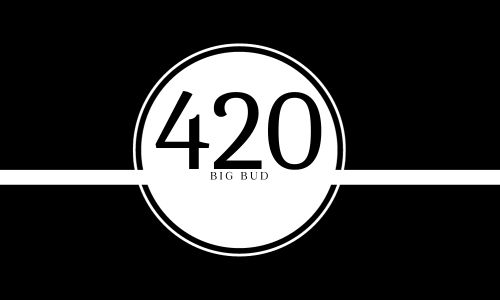Understanding Oblique Strains: Causes, Symptoms, and Treatment
Introduction:
Oblique strains can be uncomfortable and debilitating, yet many people are unfamiliar with the oblique muscles and the impact a strained oblique can have on daily life. In this article, we will delve into what oblique strains are, their causes, symptoms, and treatment options. By gaining a better understanding of oblique strains, you can be better prepared to prevent and manage this injury if it ever occurs.
What is an Oblique Strain?
An oblique strain refers to a strain or injury to one of the muscles within the abdominal wall. The oblique muscles play a crucial role in core stability and are responsible for rotational movements of the trunk. These muscles, known as the internal and external obliques, run diagonally across the abdomen.
Causes of Oblique Strains:
Oblique strains most commonly occur when the muscles are stretched beyond their limits. This can happen due to various reasons, including:
1. Sudden or forceful movements: Engaging in activities that involve sudden twists, turns, or rapid acceleration can put excessive strain on the oblique muscles, leading to a strain.
2. Overuse: Repetitive motions or overexertion of the oblique muscles, such as in sports like baseball, golf, or tennis, can result in strain over time.
3. Weak core muscles: Insufficient strength and stability in the core muscles can increase the likelihood of oblique strains during physical activity.
Symptoms of Oblique Strains:
Identifying the symptoms of an oblique strain is essential for proper diagnosis and treatment. Common symptoms include:
1. Pain: The primary symptom of an oblique strain is pain, typically felt on the side or front/side of the abdomen. The severity of the pain can vary, ranging from mild discomfort to sharp, intense pain.
2. Tenderness: The affected area may feel tender to the touch, and pressing on it can elicit pain.
3. Swelling and bruising: In some cases, swelling and bruising may occur around the strained muscle.
4. Limited range of motion: Oblique strains can restrict movement and make certain activities, such as bending or twisting, painful and challenging.
Treatment Options for Oblique Strains:
Proper treatment is crucial for the healing and recovery of an oblique strain. Depending on the severity of the injury, treatment options may include:
1. Rest and immobilization: Resting the affected muscles and avoiding activities that aggravate the strain is essential for proper healing. Immobilization through the use of a brace or wrap may also be recommended.
2. Ice and heat therapy: Applying ice packs to the affected area in the initial stages can help reduce swelling and inflammation. After a few days, transitioning to heat therapy, such as warm compresses, can promote blood flow and aid in the healing process.
3. Pain management: Over-the-counter pain relievers, such as acetaminophen or nonsteroidal anti-inflammatory drugs (NSAIDs), can help manage pain and reduce inflammation.
4. Physical therapy: A physical therapist can guide you through exercises and stretches to improve flexibility, strengthen the core muscles, and gradually reintroduce activity.
5. Gradual return to activity: It is crucial to allow the injured muscles adequate time to heal before resuming physical activity. Gradually increasing intensity and duration under the guidance of a healthcare professional can help prevent re-injury.
Preventing Oblique Strains:
While it may not be possible to completely eliminate the risk of oblique strains, certain measures can be taken to reduce the likelihood of experiencing this injury:
1. Warm-up and stretch: Prior to engaging in physical activity, warming up with light cardio and performing dynamic stretches can prepare the muscles for exercise.
2. Strengthen the core: Regularly incorporating exercises that target the core muscles, including the obliques, can help improve strength and stability, reducing the risk of strain.
3. Maintain proper form: When participating in sports or engaging in physical activities, maintaining proper form and technique can minimize the strain on the oblique muscles.
4. Listen to your body: Pay attention to any discomfort or pain during physical activity. If you experience any symptoms of an oblique strain, it is important to rest and seek appropriate medical attention.
Conclusion:
Oblique strains can be painful and limit daily activities, but with proper understanding, prevention, and treatment, recovery is possible. By being aware of the causes, symptoms, and treatment options for oblique strains, you can take proactive steps to protect your abdominal muscles and maintain a healthy, active lifestyle. Remember to consult with a healthcare professional for an accurate diagnosis and personalized treatment plan if you suspect an oblique strain.

